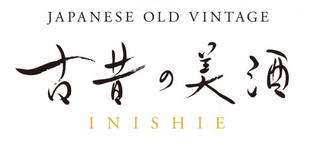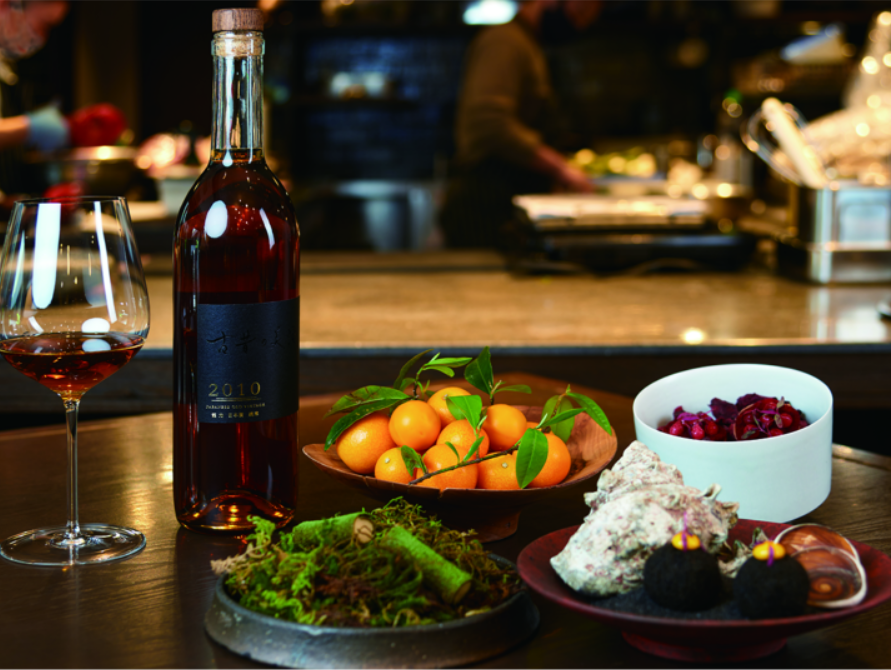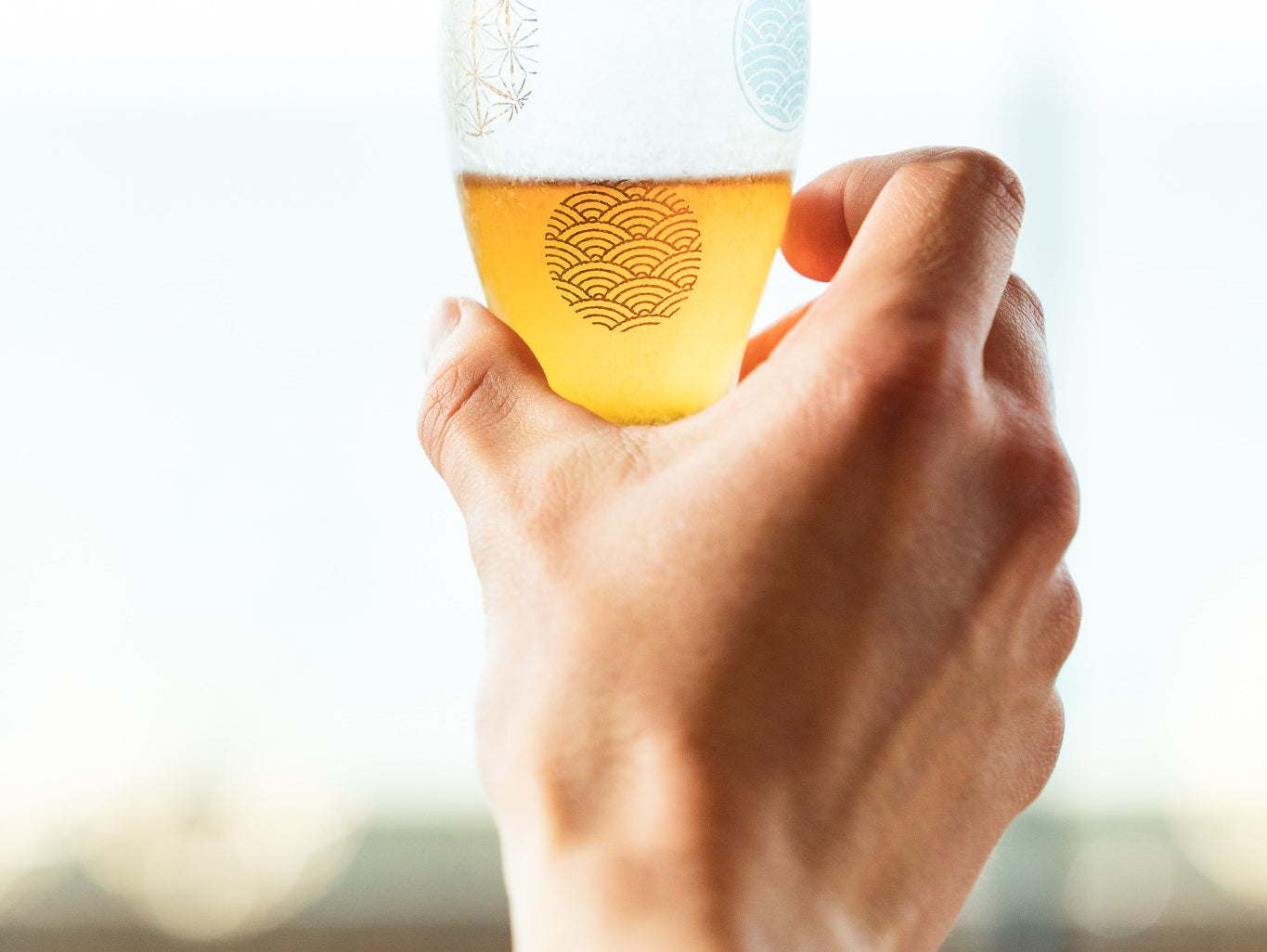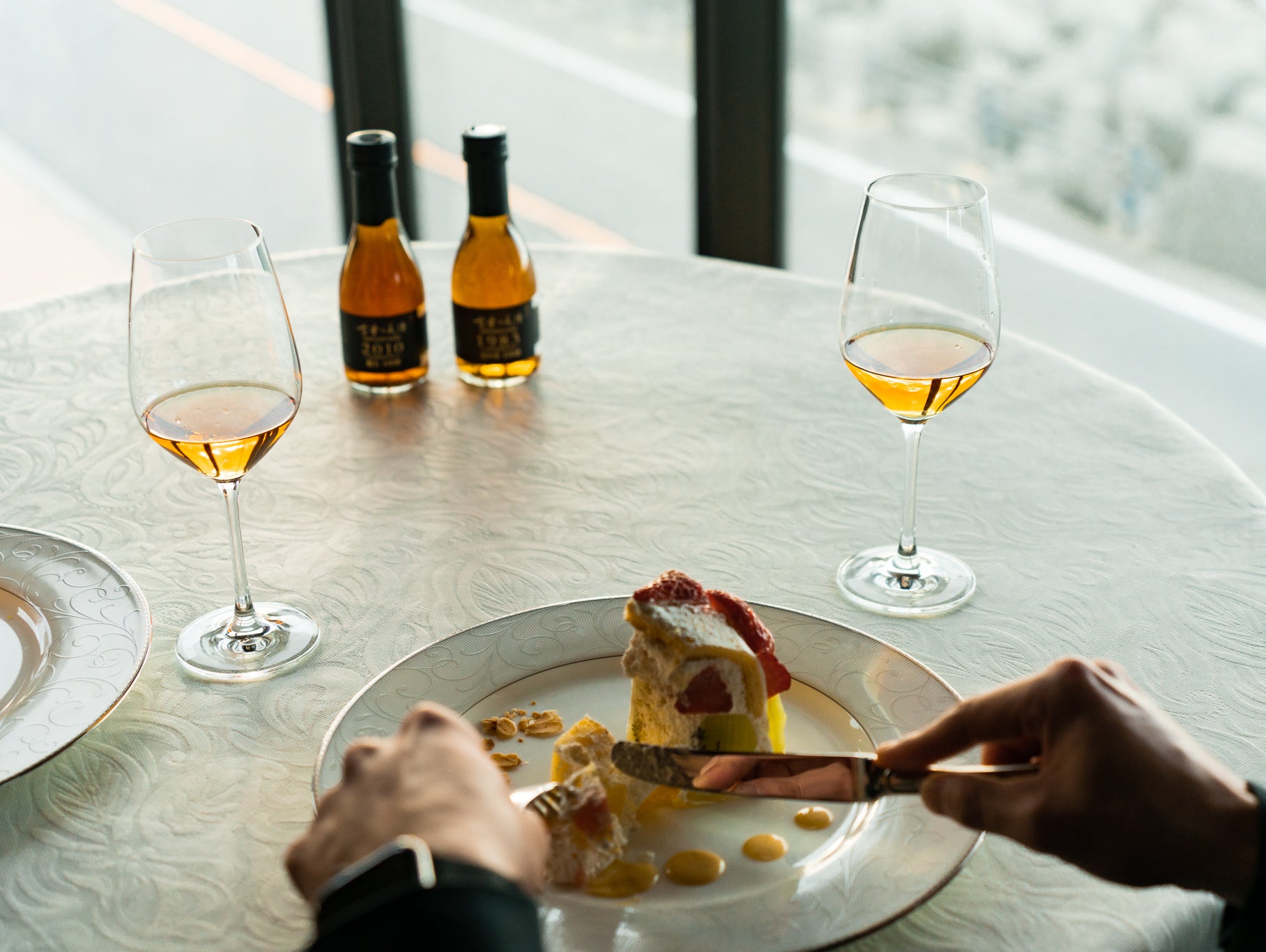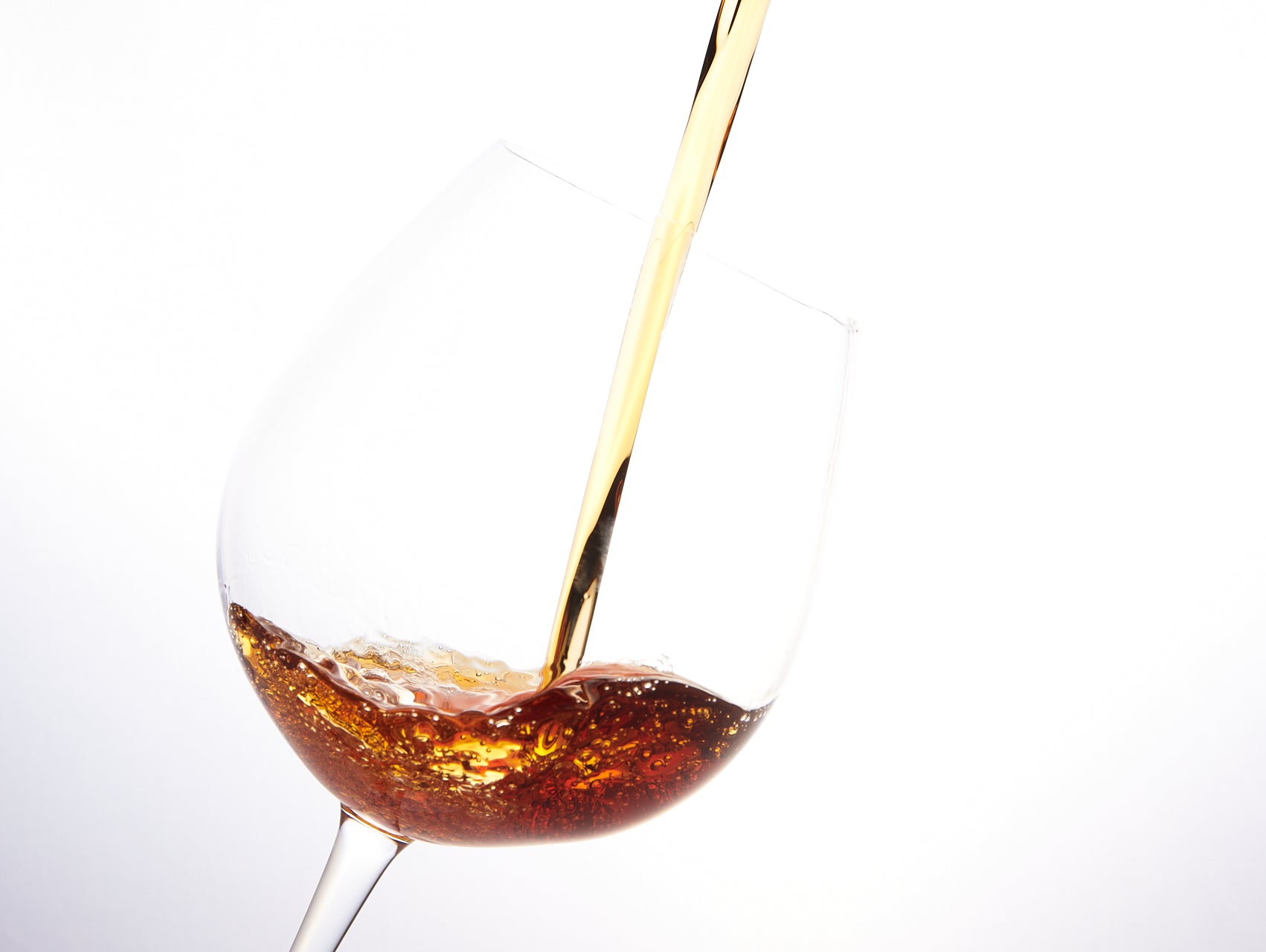column
Sake that won a gold medal at a global wine competition
Did you know that there is a type of ``old sake'' that has won a gold medal at a global wine competition ?
[For a business partner] [For a retirement gift] Rare vintage sake highly praised by a wine-loving president
When it comes to gifts for alcohol lovers, wine, sake, and champagne are the standard gifts. Why not get creative with the gift you give this time and give a different kind of alcohol than usual?
[Father's Day] [6/19] "This is the first time I've seen my father's eyes sparkle this much."
I have given my father, who loves alcohol, a variety of Japanese sake, wine, beer, and famous brands of alcohol from various regions as gifts.
However, the gift I received this year, ``Delicious Sake from the Past,'' was something completely different.
What do dishes that go well with aged sake have in common?
The characteristic of aged sake is its rich aroma and taste. This time, we will introduce common features of dishes that go well with the taste of aged sake.
